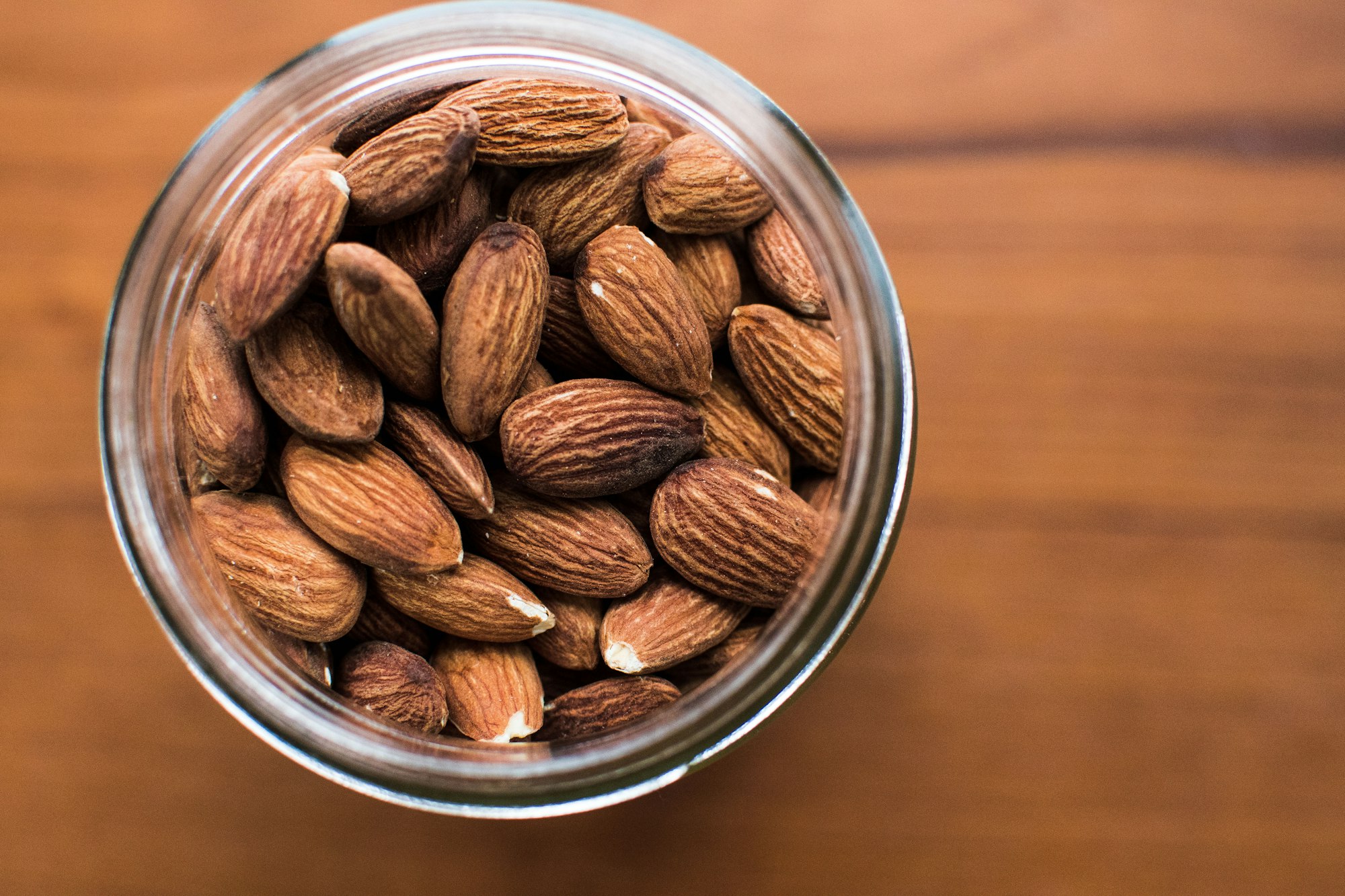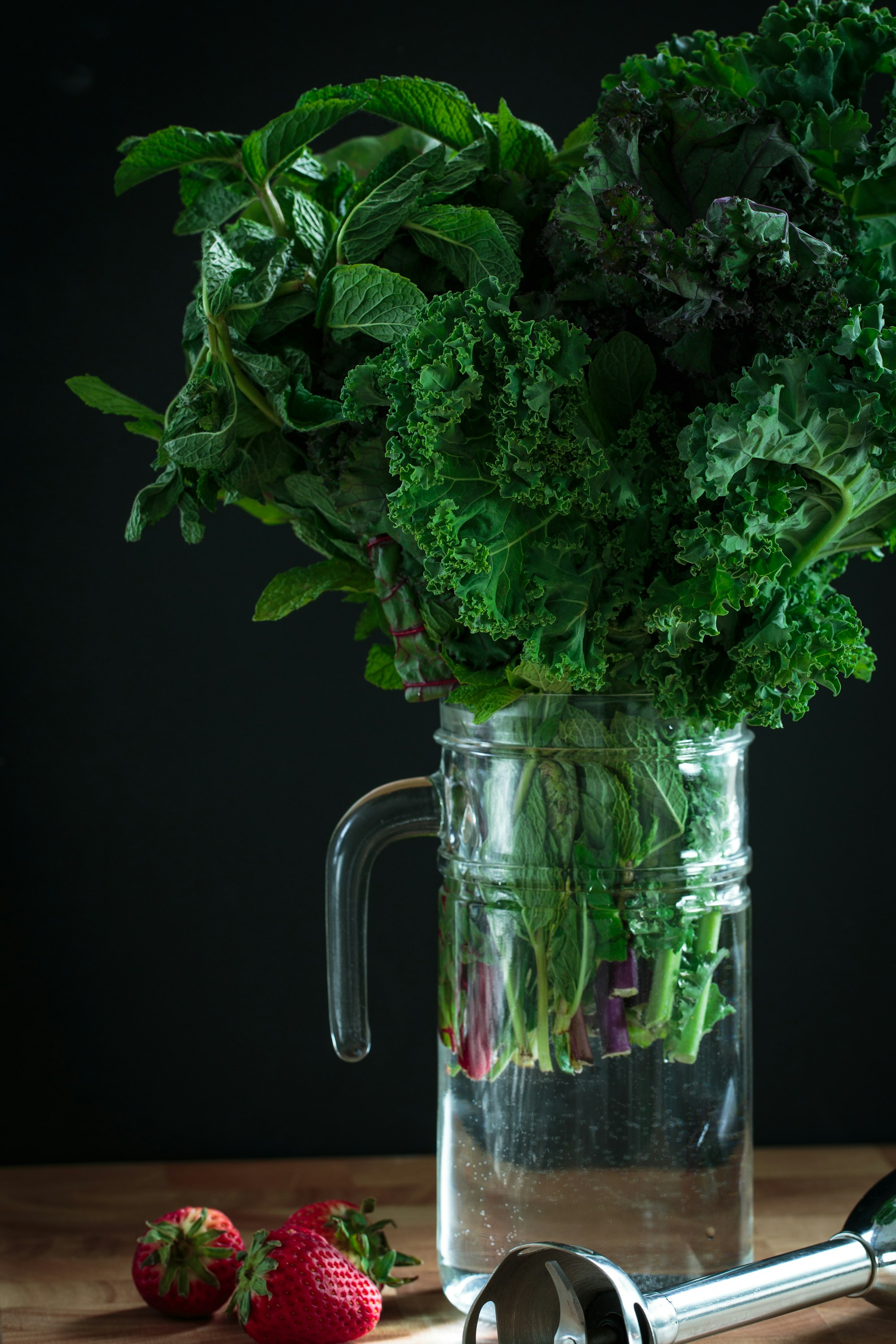Top 10 Foods That Increase Milk Supply
This page will discuss the good food choices that can help boost a mother's breast milk supply by including nutritious foods that support the chemistry of lactation.

Table of Content Links
- What foods help to produce breast milk
- Other lactogenic foods worth mentioning
- Lactogenic dietary tips
- Anti-lactogenic foods (foods that decrease milk supply)
- Homemade lactation cookie recipe
If you have a low milk supply, it’s always best to first try to increase milk production naturally via your daily food intake.
Before reading this, please read our page, "is my baby getting enough breast milk?". This will help you determine whether or not you have a low supply.
This page will discuss the good food choices that can help boost a mother's breast milk supply by including nutritious foods that support the chemistry of lactation.
What are the signs of low milk supply?
If you do not have a low breast milk supply, then it is best not to worry about consuming extra amounts of these foods, as they might cause an oversupply of milk.
An oversupply of milk can lead to mastitis, blocked ducts, foremilk-hindmilk imbalance, and other breastfeeding problems.

The Tushbaby Hip Carrier
With its ergonomic design and comfortable waistband, Tushbaby provides optimal support for you and your baby. Say goodbye to shoulder and back pain from traditional carriers, as Tushbaby evenly distributes your baby's weight, relieving strain and promoting better posture.
When Does Milk Come In?
A mother's milk can take three to five days to come in after birth. These first few days should be spent comfort-feeding your baby, encouraging your body to start producing milk.
During the first few days postpartum, your newborn will want to sleep most of the time and will survive on tiny amounts of colostrum; this is the yellowish pre-milk produced before your milk mature milk comes in.
A mother must breastfeed every two hours, even if she thinks nothing is coming out. Your breasts will start to produce milk on a supply-and-demand basis. Hand expression and super pumping, aka power pumping, are great ways to encourage your milk to come in. Learn more about the delayed onset of breast milk here.
How to Tell Whether Your Baby is Getting Enough Breast Milk
Top 10 Foods That Increase Milk Supply
#1
Oatmeal
Oats contain Tryptophan, Polysaccharides, and Saponins. These three substances promote the production of milk.
Many mothers have reported an increased milk supply by consuming just one large bowl of oats each morning. There are just so many ways in which you can include oats into your diet. Some of my favorites are oat lactation cookies and homemade granola.
Lactogenic Granola Recipe
- 1/2 cup of Nuts of choice. I prefer almonds, which are also lactogenic.
- 1/2 cup of mixed seeds of choice. I use pumpkin seeds and sunflower seeds. I also add flaxseed, also lactogenic.
- 1/2 cup Coconut shavings.
- 4 cups Oats. This should make up the bulk of your granola.
- 1/2 cup Dried cranberries.
- 15 Chopped dates (also lactogenic).
- 5 tbsp Cocoa nibs (optional for a chocolate taste)
Once all these dry ingredients are mixed, you can blend the following:
- 4 - 5 large bananas
- 6 - 7 dates
Add the wet ingredients to the dry. Be sure to cover all the dry ingredients. Place in the oven at 50 degrees Celsius for a few hours to dehydrate. I usually leave mine in the oven overnight.
Store in an air-tight container.
How to increase breast milk supply with oatmeal

#2
Moringa
Moringa is a popular supplement for good reason. It contains an array of nutrients, vitamins, minerals, and antioxidants. Many clinical studies have proven a significant increase in milk production when Moringa is used. It has even been proven to promote the early onset of milk production and increased production when taken before delivery. (1)
#3
Barley
Many suggest drinking a beer while breastfeeding to boost milk production, but research shows that beer can hamper supply. It's the barley in the beer that is lactogenic. Barley is rich in beta-glucan, which has been found to increase the hormone Prolactin. Prolactin is the hormone that stimulates the breasts to make milk. Add whole barley to stews, rice, soups, and homemade bread.
Barley Water Recipe
Pearled barley (1 cup) can be simmered in a quart (1 liter) of water for about two hours. Three tsp of fennel seeds can be added. Seep the mixture for 10 minutes before straining and drinking.
Barley is often germinated; this releases malting enzymes and turns the barley into a sweet, syrupy malt. This, too, contains beta-glucan. Be sure to buy pure barley malt. Sometimes manufacturers like to add other sweeteners to their malt. Barley malt can be used to sweeten any warm drinks, in smoothies, and, my favorite, on pancakes.
Barley also contains Tryptophan, which promotes the release of serotonin (feel-good hormones) and milk production. So, not only will it barely boost supply, it will improve your mood too.
Barley grass or barley water can improve the quality of breast milk by making it creamier and more nutrient-rich.

#4
Raw Almonds
Have you experienced a sudden drop in milk supply during your period?
A daily dose of calcium and magnesium during a woman's period is often recommended to prevent a drop in milk supply. Almonds contain copious amounts of calcium and magnesium; if you pair them with some bananas, they make a powerful lactogenic snack. Just 100g of almonds contains 67% magnesium and 26% calcium, of a person's recommended requirements for one day. Almonds also contain Tryptophan, which promotes serotonin production, as mentioned above. A great way to benefit from this would be to add almond milk to your homemade lactogenic granola (mentioned above), and you will see an increase in your milk supply soon!

#5
Leafy Green Vegetables
Any food that reduces water retention is considered lactogenic; leafy greens are natural diuretics. Kale, seaweed, spinach, and rocket are especially good at boosting milk production. Leafy greens are nutrient powerhouses and help boost your immune system too!

#6
Fenugreek
Fenugreek contains phytoestrogens. In my experience, boiling the seeds and drinking the water as tea is much more effective than using the Fenugreek supplements. Boil 1 tbsp fenugreek seeds in 1 quart (1 liter) of water for 10 minutes. Strain and drink up to 4 cups per day. Enjoy with added honey and lemon juice to taste. Learn more about taking Fenugreek while breastfeeding. (2)
#7
Spirulina
This is a common supplement that is taken for many other purposes too. Still, a breastfeeding mother can use it to increase breast milk production and the fat content of her milk. Take two to three capsules daily.
#8
Flaxseed
Flaxseed contains estrogenic properties that help a mother produce more milk. They also improve breast milk quality by increasing the fat content in your milk; this promotes healthy brain development.
#9
Brewers yeast
Brewers yeast can help increase milk supply and introduce essential nutrients into breast milk - it is high in iron, chromium, selenium, and B vitamins.

Master Your Milk Supply
Never worry about your milk supply ever again! This is a 5-part video series designed to help breastfeeding mothers maximize their milk production. This course is an excellent resource for mothers who are concerned about their baby not getting enough breast milk, frustrated with minimal pumping results, or fearful of losing their milk supply. The video series offers step-by-step lessons that are available on-demand and accessible across all devices.
#10
Fennel
The whole Fennel plant and its seeds contain phytoestrogens, which help to increase supply. Fennel is best used fresh as a whole food. You can chop it up and use it in salads or stir-frys.
Other Lactation Foods Worth Mentioning
- Asparagus, Green beans, Carrots (especially carrot seeds), Yam, Sweet potatoes, Peas, and Beet.
- Cashews, macadamia nuts, sesame seeds, and avocados.
- Millet, brown rice, and all other grains and legumes.
- Lactogenic beverages include water, coconut water, lactation teas, body armor sports drink, jungle juice, ginger ale, and imitation coffee containing chicory, dandelion, or malt.
- Garlic, onion, and ginger. Use these only if you, yourself, do not suffer from any adverse reactions towards them. Your baby should be fine if you are okay after eating them.
- Lactogenic spices include marjoram, basil, anise seed, dill, caraway, and Turmeric (half a tsp of Turmeric per day can help increase your milk supply and prevent a breast infection).
- Apricots and green papaya.

How to Increase Milk Supply When Pumping
How to Increase Milk Supply Naturally
How to produce more breast milk by changing your diet
- Make sure you are eating enough calories in your day; this will help increase breastmilk quantity and quality. Use our calorie calculator for breastfeeding mothers.
- Drink enough water and other fluids. Your body will need extra water to keep up with milk production while keeping you hydrated at the same time.
- When spicing your foods, you can add things like caraway, dill, basil, marjoram, garlic, or gomasio (a condiment made from sesame seeds) to increase lactation.
- Always supplement with good essential fatty acids like omega 3, 6, and 9. Avocados, chia seeds, flaxseed, and walnuts contain Omega 3.
Anti-Lactogenic
Alcohol
Alcohol can decrease the release of the hormone Oxytocin, which is not good for the flow (let-down) of milk. Just one night of heavy drinking can dramatically reduce supply. But - the occasional glass of wine is okay.
Sage, Parsley, and Peppermint
In small amounts, these herbs will not affect your milk supply. For example, peppermint is used in some herbal preparations to decrease tummy cramps in moms and babies (even while breastfeeding). But - as soon as you start to consume larger amounts of these herbs, they can negatively affect your milk production. Stay away from large quantities of peppermint candies or parsley pesto! Sage tea is regularly used to decrease the milk supply of mothers who are weaning.
Chasteberry
Chasteberry is sometimes recommended to mothers with engorged breasts. This herb inhibits the secretion of Prolactin and should only be taken if you want to decrease milk production. Mothers who want to reduce swelling and engorgement without decreasing supply can use Turmeric to combat inflammation.
See signs that my breastmilk supply has decreased.
Make Your Own Lactation Cookies
References
1. Producing more milk with Moringa - study
http://www.moringa.sg/wp-content/uploads/2015/05/moringa-study-as-a-galactagogue.pdf?x27323
2. Fenugreek - NCBI
